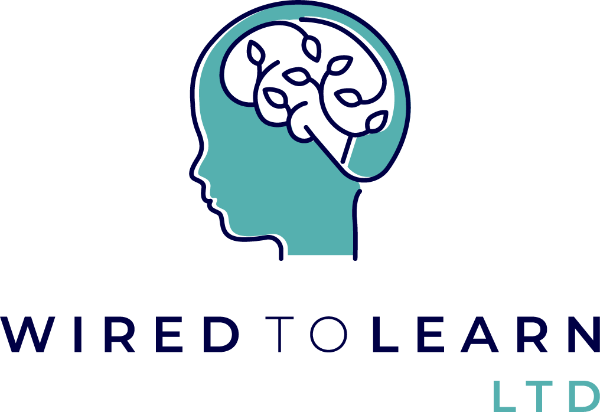STNR: The Symmetrical Tonic Neck Reflex
The Symmetrical Tonic Neck Reflex is present briefly after birth and then reappears around six to nine months. It should disappear by 11 months Its purpose is to help the baby to push up onto hands and knees ready to crawl. When the head is down towards the chest the legs straighten and the arms bend, when the head is looking up the arms straighten and the legs bend at the knees. This is the stage most babies go through where they can get into the quadruped position (hands and knees) ready to crawl but spend a while rocking without actually being able to move forward. This ‘stall’ is actually the STNR reflex doing its job and integrating.
Children who retain the STNR often omit crawling on their hands and knees. They may ‘bum shuffle’ or bear walk on their hands and feet. In an older child, a retained STNR can be seen in a slumped posture when sitting at a desk and working, as bending the head down to look at work causes the arms to bend or collapse. These children often end up almost lying on their desks in order to write. We find that children with an STNR swim much better underwater than on the surface – when they lift their head above water their legs bend and sink.
A child with an STNR is often clumsy and struggles with hand-eye coordination. They often find it hard to switch from long distance to near distance vision and therefore find working from a board at school very tricky. They may frequently sit with their legs in the ‘W’ position – this can be a key indicator.
Identifying and addressing a retained STNR is important for promoting healthy motor development and addressing associated challenges. If you have any concerns we can help with an initial consultation, a comprehensive assessment and intervention plan. We can provide targeted exercises and activities to help integrate the reflex and support the child’s overall development.
